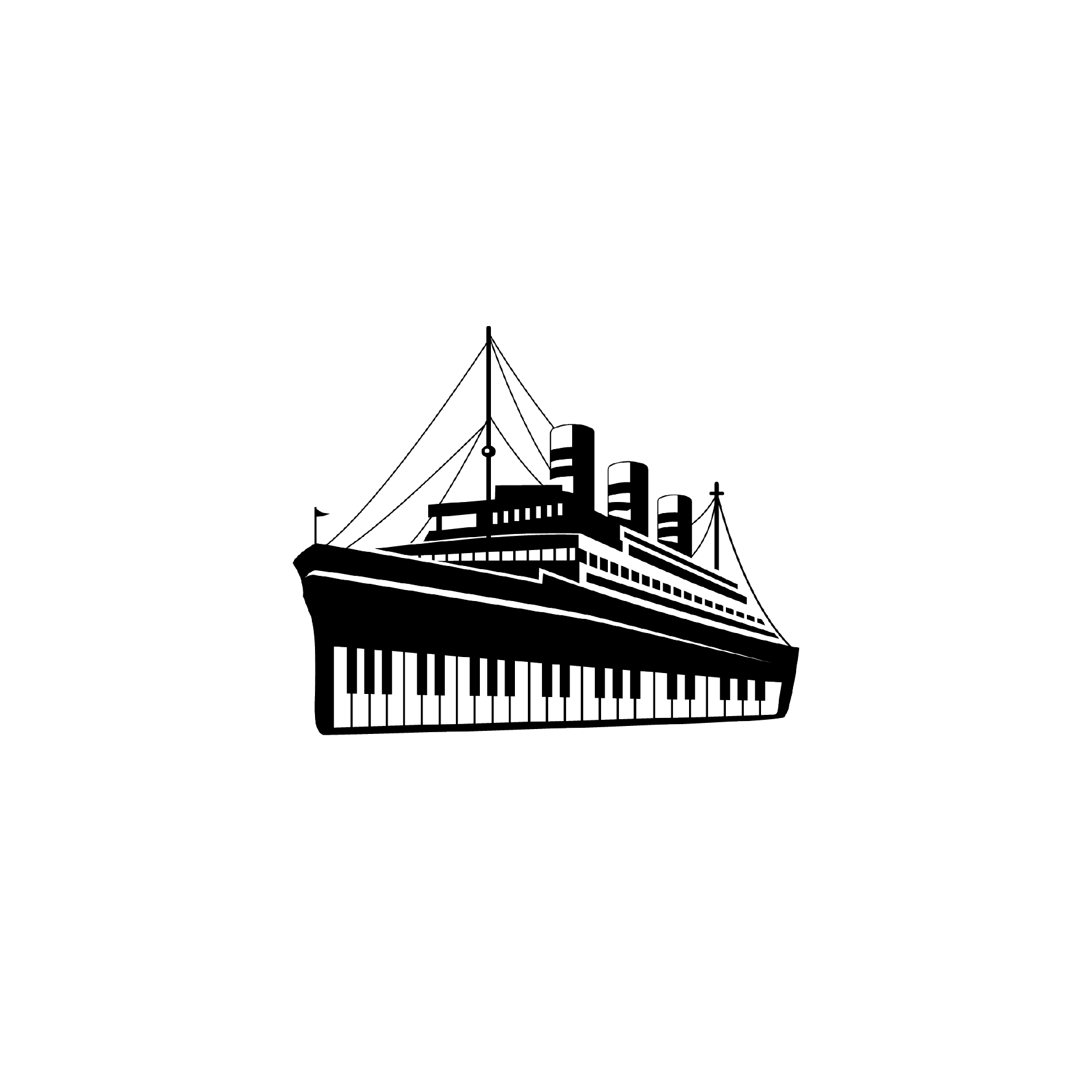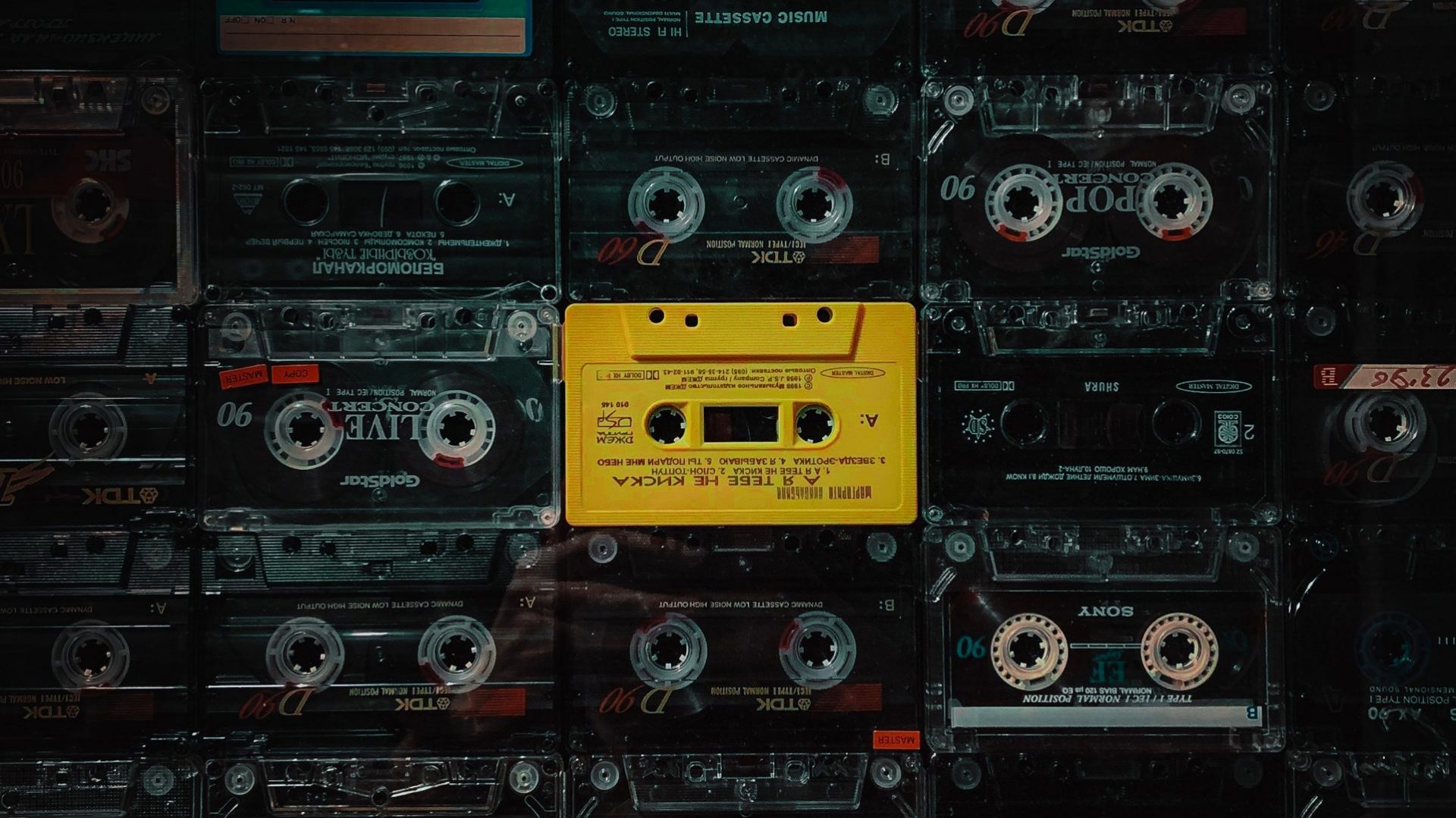Proof that art is powerful.

By Zima Blue
After completing the first three years of high school in Rwanda, students get to choose school subjects that they would like to pursue in relation to their career preferences. While many are forced to follow STEMs( Science Technology Engineering and Mathematics) since (as it is said) it’s the only way to real success after graduating, creative arts are most of the time regarded as less valuable. A waste of time and money in terms of academics. The Rwandan society doesn’t value creative arts as a career. In Rwanda when we think of creative art and it’s usage the first/ only thing that comes up in mind is decoration. From primary school the only geniuses that are talked about are from all other subjects except creative arts, this leaves the artists in the room uninspired and unaware of this power conceived in them. I remember having a drawing notebook in primary school but the only time I got to use it was while drawing things for fun or perhaps at home, because I love drawing. We also had drawing as a school subject but it was just basic drawing, I didn’t get to learn about Davinci or Donatello revolutionizing Europe through art (Yup, western. We were learning about Albert and Christoph anyway). The real value of art is in what it represents, not how fine, thin or thick the lines are. An eye that perceives elements from beyond the present or what others dub reality.
“We want to see the newest things. That is because we want to see the future, even if only momentarily. It is the moment in which, even if we don’t completely understand what we have glimpsed, we are nonetheless touched by it. This is what we have come to call art.” – Takashi Murakami
The lack of awareness around the greatness of what an artist can accomplish leaves young creatives questioning the relevance of art in society. Questions like ‘why should I be an artist?’ are born and left unanswered. Through this article I want to share information around the power of art and its relevance in society through impactful artistic events. Artistic Revolutions. “The role of fine art has been to simultaneously express values of the current culture while also offering criticism, balance, or alternatives to any such values that are proving no longer useful. So as times change, art changes. If changes were abrupt they were deemed revolutions. The best artists have predated society’s changes due not to any prescience, but because sensitive perceptivity is part of their talent of seeing.” (Anonymous, 2019)

Creative arts impact the masses directly by becoming a sanctuary for whoever aligns with the concept or the idea that they represent.
The Renaissance Era
After the great civilizations of Greeks and Romans, Europe descends into its dark era marked with war and famine during what is now referred to as the middle ages. During these dark times Europeans had lost their attachment to culture and societal values as they were scavenging for survival. It is within this era that the concept of ‘Humanism’ was born, “During the 14th century, a cultural movement called humanism began to gain momentum in Italy. Among its many principles, humanism promoted the idea that man was the center of his own universe, and people should embrace human achievements in education, classical arts, literature and science.
In 1450, the invention of the Gutenberg printing press allowed for improved communication throughout Europe and for ideas to spread more quickly.
As a result of this advance in communication, little-known texts from early humanist authors such as those by Francesco Petrarch and Giovanni Boccaccio, which promoted the renewal of traditional Greek and Roman culture and values, were printed and distributed to the masses.” (History.com Editors, 2020)
Spreading knowledge is what stimulated interest for the Renaissance movement as people were getting more interested in culture, arts and knowledge in general. As society was getting inspired, the Renaissance was beginning; “Great Italian writers, artists, politicians and others declared that they were participating in an intellectual and artistic revolution that would be much different from what they experienced during the Dark Ages.
The movement first expanded to other Italian city-states, such as Venice, Milan, Bologna, Ferrara and Rome. Then, during the 15th century, Renaissance ideas spread from Italy to France and then throughout western and northern Europe.
Although other European countries experienced their Renaissance later than Italy, the impacts were still revolutionary.” (History.com Editors, 2020)
During the renaissance Era artists would use their skill and creative vision to expose their philosophies/ visions to the masses through paintings or other works of art. Genius creatives like Leonardo Davinci, Machiavelli, Donatello, William Shakespear; who’s work still is relevant today to society and academics prospered during this era. By allowing their creative geniuses to flourish, Europeans regained their ties to culture, which in turn enriched it. This brought back a shared sense of belonging, uplifting their livelihood in ways never noticed before. The most famous touristic cities in Europe were built during the renaissance Era but the main goal for this was for Society to see beauty, value and meaning in their lives. Today, the most expensive art pieces globally are from the Renaissance Era. Here is a list of some of the most famous art works from the renaissance Era by History.com:
Some of the most famous artistic works that were produced during the Renaissance include:
Monalisa and The Last Supper (Da Vinci)
Statue of David (Michelangelo)
The Birth of Venus (Botticelli)
The Creation of Adam (Michelangelo)” (History.com Editors, 2020)
The Black Panthers Party
It was in 1966 that this party was found to become a major symbol of African American resistance. Although the Black Panthers were mostly associated with gun and violence, their most lethal weapon was art. They used powerful black imagery to influence or voice their deep concerns to the society. Their work was curated by Emory Douglas who was also their minister of culture as said in the New York Times.
“Emory Douglas was an integral part of the Black Panther Party, joining as minister of culture in 1967 and designing artwork that became potent symbols of the movement. Although the party ceased to function from 1980, its legacy goes on, as does Douglas’s work in an exhibition at Urbis, Manchester. The collection of newspaper illustrations, posters and pamphlets, of which this is just a selection, all bear his trademark imagery, and hard-hitting slogans, which inspired many to act.” (The Guardian, 2008) a view at his work.
The French New Wave
The french new wave or La nouvelle vague took place in the 1950s. The french cinema industry was starting to get boring and the consumer culture was taking over the industry. So French movie directors decided to pivot this by introducing a new approach to film. They would break all the laws and keep the audience in constant shock, interested.
Artifice.com gives us a more detailed overview. “In 1951, the magazine Cahiers du Cinema was founded which would eventually employ François Truffaut, Jean-Luc Godard, Jacques Rivette, Claude Chabrol, and Éric Rohmer as contributing writers; all of whom would become the founders of the French New Wave. These Cahiers created a list of principles regarding auteur theory — the idea that a director has so much artistic control over a film it is as though they are the author of it — and the elements that would define the New Wave. According to the Cahiers, a film should be a conversation between the auteur and his/her audience. Auteur theory was no doubt inspired from the heavily artistic and visionary styles of Hitchcock and Welles” (The Artifice.com, 2016)
A scene from Vivre Sa Vie
The French New Wave became a global sensation in cinema and a global influence that is still used in today’s modern cinema.
Art is as valuable as science or technology, it is a powerful tool that influences society in extraordinary ways. Empowering the artist means empowering culture and society as a whole. We stimulate the right actions using art and creativity. The world is changing day by day, the western culture is over explored and so this is a great chance for Africa to take our stand as the leading continent in the global art and creativity industry. Africa has 54 countries that are all rich in culture, philosophy and art; most of which has not yet been fully explored by today’s creatives. If you think of yourself as a creative in Africa, this is an opportunity to create and recreate your reality but for this to work you need passion. We should create things with passion, for that is what gives them life. To the African community, whether you are an art consumer or a creative yourself, wherever you see passion support it with even more passion for that’s the energy that drives success. For products, let us learn to receive art as it is before judging it. If you want to critic an art piece, do it with passion and care as if it is your own work, and it is.

